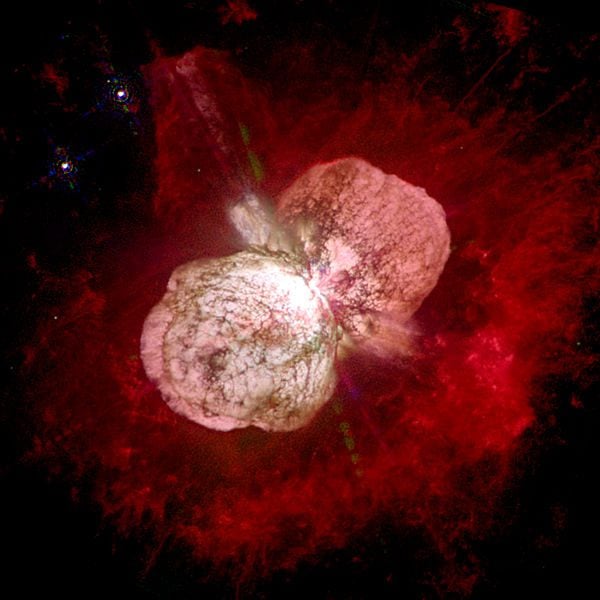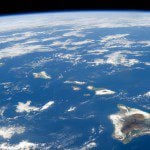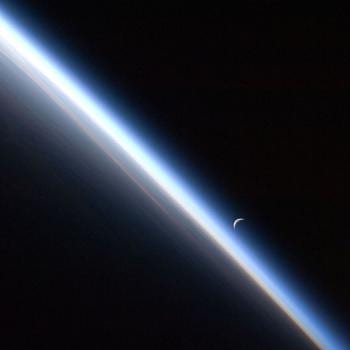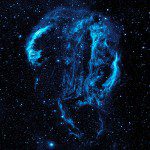
(NASA public domain image)
First, Gerald Schroeder quotes something from Scientific American:
Evidence: COSMOLOGISTS INFER the presence of Level Two parallel universes by scrutinizing the properties of our universe. These properties, including the strength of the forces of nature and the number of observable space and time dimensions [three spatial dimensions and one time dimension] were established by random processes during the birth of our universe. Yet they have exactly the values that sustain life. That suggests the existence of other universes with other values. (38)
Then he comments on the quotation:
As a scientist, I am embarrassed that such logic can make its way into a widely read scientific journal. Note the convoluted line of reasoning. Our universe has laws of nature made for life. The physical constants that regulate the laws of nature and the behavior of matter are perfect for sustaining life. Such perfection of such a wide variety of laws is vastly unlikely to have arisen by chance on a single throw of the cosmic dice. Therefore there must be a nearly infinite number of universes, each with its own unique set of laws of “nature.” Most universes failed to sustain life. Their own individual unique laws of nature are incompatible with complex sentient life. We’re the universe that succeeded. All the other options, many lifeless, exist “somewhere” out “there.”
Of course the perfection of nature’s laws for sustaining life in our universe in no way suggests the existence of other less life-friendly universes. The perfection of our universe’s laws of nature is a fact. What it implies is that this perfection is so highly improbable that some explanation other than a simple onetime random event is required. If we are the only universe, then Scientific American has inferred that we are indeed living in a designer universe. The Bible claims that the explanation for this perfection is the will of God.
The backpedaling that slips so subtly into the article is instructive. On the journal cover we are told these these “infinite earths in parallel universes really exist.” In the text we learn that perhaps they exist. Their being is “inferred.”
Of course, there is a simpler option than a near infinite array of sterile universes. That option is that we are the only universe and we did not arise by chance. We were designed. But that of course is not acceptable logic in a materialist view of existence. However the author of the less than profound logic upon which that scientific article is based has something good going for him. And that is you can never see out of the universe within which you reside. You can never directly contact the other universes, so you can never check out the proof of your theory. It’s a massive leap of faith that makes the Bible’s scenario seem timidly conservative by comparison. (39-40)
From Gerald L. Schroeder, God According to God: A Scientist Discovers We’ve Been Wrong About God All Along (New York: HarperOne, 2009).
Posted from Laie, Oahu, Hawai’i












